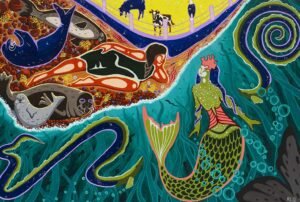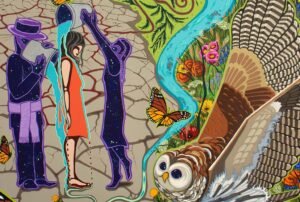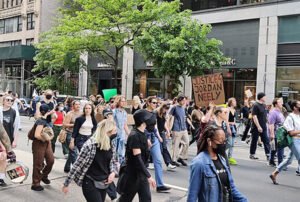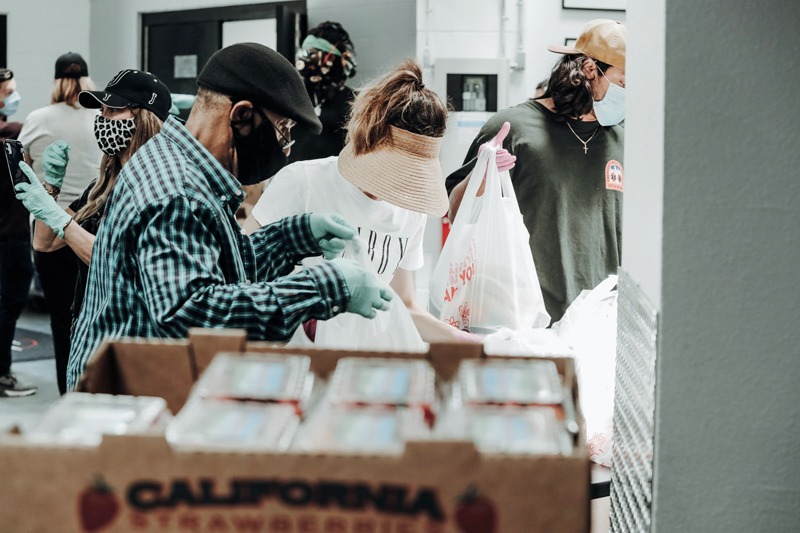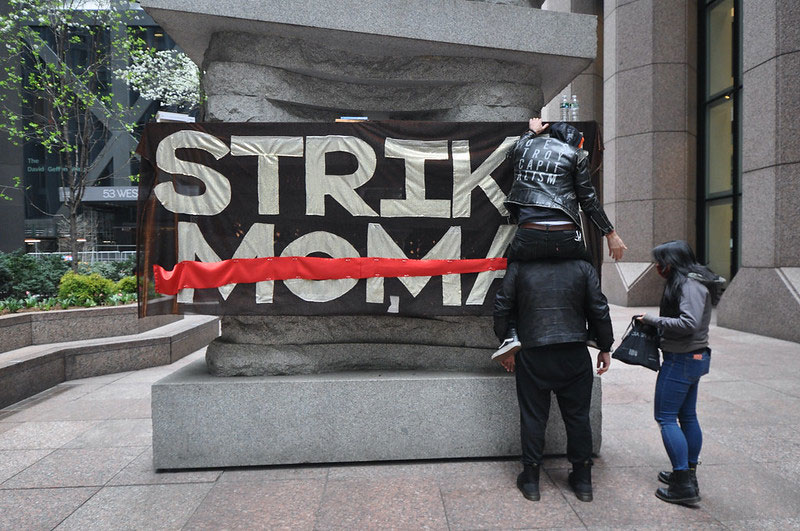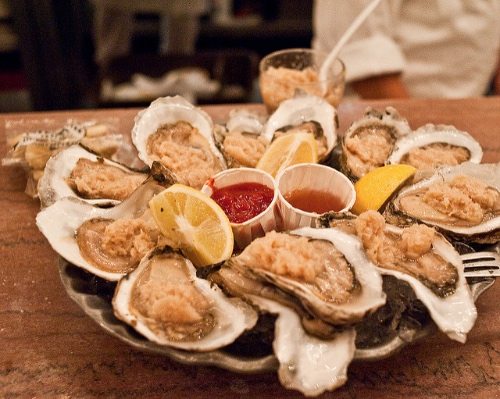
May 23, 2017; Westchester Magazine
Most people wouldn’t swim in New York’s Hudson River, but would they eat an oyster from the Hudson River? An ambitious nonprofit, the Billion Oyster Project, (BOP) is betting the farm that not only will you eat an oyster from the Hudson River, but that by 2030, one billion live oysters will be distributed around 100 acres of reefs, making the Harbor once again the most productive body of water in the North Atlantic and reclaiming its title as the oyster capital of the world.
Sign up for our free newsletters
Subscribe to NPQ's newsletters to have our top stories delivered directly to your inbox.
By signing up, you agree to our privacy policy and terms of use, and to receive messages from NPQ and our partners.
When explorer Henry Hudson entered New York Harbor in 1609, he was surrounded by hundreds of thousands of acres of oyster reefs. However, by the early 1900s, dredging, pollution, and overharvesting had taken their toll. The harbor began to clean up its act when the federal Clean Water Act ushered in a new era in the 1970s.
BOP has partnered with 54 local schools to create stewardship education programs, and they have 53 local restaurants in on the act. While the eateries aren’t serving the oysters from the Hudson, they are helping to create a sustainable future for oysters by recycling oyster shells. That’s right, when you dine on oysters at Nobu Fifty Seven, your discarded oyster shells will be seeded with oyster larvae, be grown and monitored carefully at the nonprofit’s maritime education center in downtown Manhattan, and eventually become self-sustaining populations to be deposited into the Harbor. Now that is something to toast during happy hour.—Carrie Collins-Fadell



